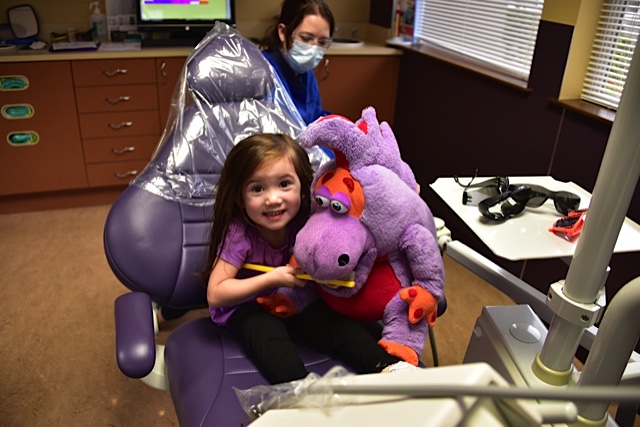Eastside Pediatric Dental Group

Canker sores are round to oval-shaped ulcers that can be found on the cheeks, gums, lips, and tongue. These ulcers have a red ‘halo’ and a yellow center lasting about a week. The pain tends to be inversely proportional to the size of the ulcer and is most intense in the first three to four days. Canker sores can be confused with a herpes infection or cold sore. 20% to 60% of the population suffers from canker sores.
Females and those in higher socioeconomic classes tend to get canker sores more often. Unfortunately, there is no known cause for canker sores.
There is no known cure, and no one remedy works for everyone. Time and patience are the best remedies. Some over-the-counter and prescribed ointments can be helpful. Avoid spicy, acidic, and abrasive foods when an ulcer is present, and use caution when brushing.
Research has looked at several possible triggers: allergies, autoimmune response, trauma, hormonal alterations, stress, certain foods such as chocolate, potatoes, gluten-containing products, cheese, nuts, figs, coffee, and citrus fruits; nutritional deficiencies such as iron, folate, and vitamin B12; sodium lauryl sulfate (the foaming agent in toothpaste); and other chemical irritants such as pyrophosphate and sodium hexametaphosphate.
Cold sores are caused by a herpes virus and is one of the most widespread viral infections. It is very contagious. You may notice small blister-like lesions in the mouth. Once these blisters break open, your child will have painful ulcers in the mouth and/or the skin around the lips. Before your child shows any signs of the infection, there may be a few days that your child has irritability, an increase in temperature, and malaise. These infections are self-limiting, and the ulcers usually heal spontaneously within ten to 14 days.
When the ulcers are present, they are extremely painful. This may interfere with your child’s ability or interest in eating and drinking. It is very important to keep your child well-hydrated while the ulcers heal.
When a baby molar is removed prematurely, a space maintainer is often necessary to help hold the space for the permanent tooth to come in the mouth. The appliance will prevent the neighboring teeth from drifting or tipping into the empty space. The type of space maintainer made is determined by the number and position of teeth missing, as well as the overall condition of your child’s mouth.
As the permanent teeth begin to erupt, you will likely notice that they are more yellow in color than the baby teeth. This is normal. As your child continues to lose the brilliantly white baby teeth, the contrast in color between the baby and permanent teeth will no longer be present and the permanent teeth will be uniform in color. Please keep in mind that everyone has a slightly different natural tooth color.
Tooth whitening is not recommended until at least 16 years of age. This will allow for all of the permanent teeth to be in and orthodontic treatment, if necessary, to be completed.
The American Association of Orthodontists recommends that all children have a checkup with an orthodontist no later than age seven so that growth-related problems may be identified and so that treatment can be commenced at the appropriate time for each patient.